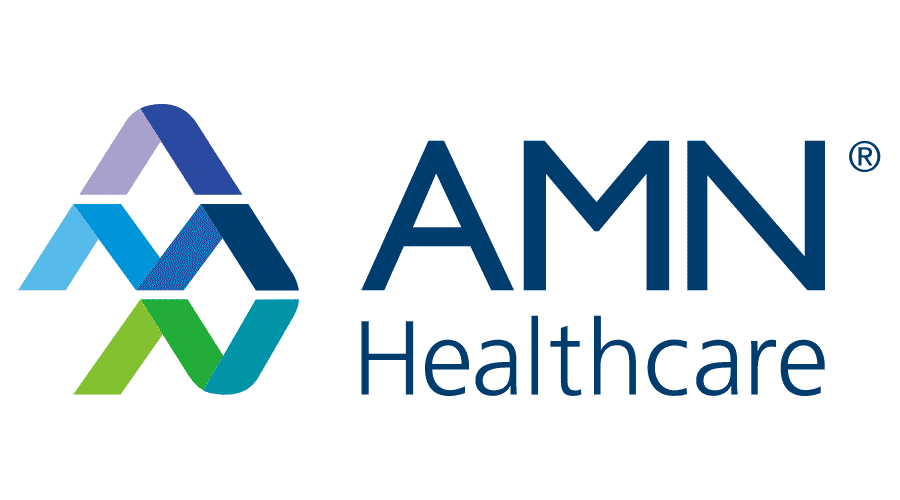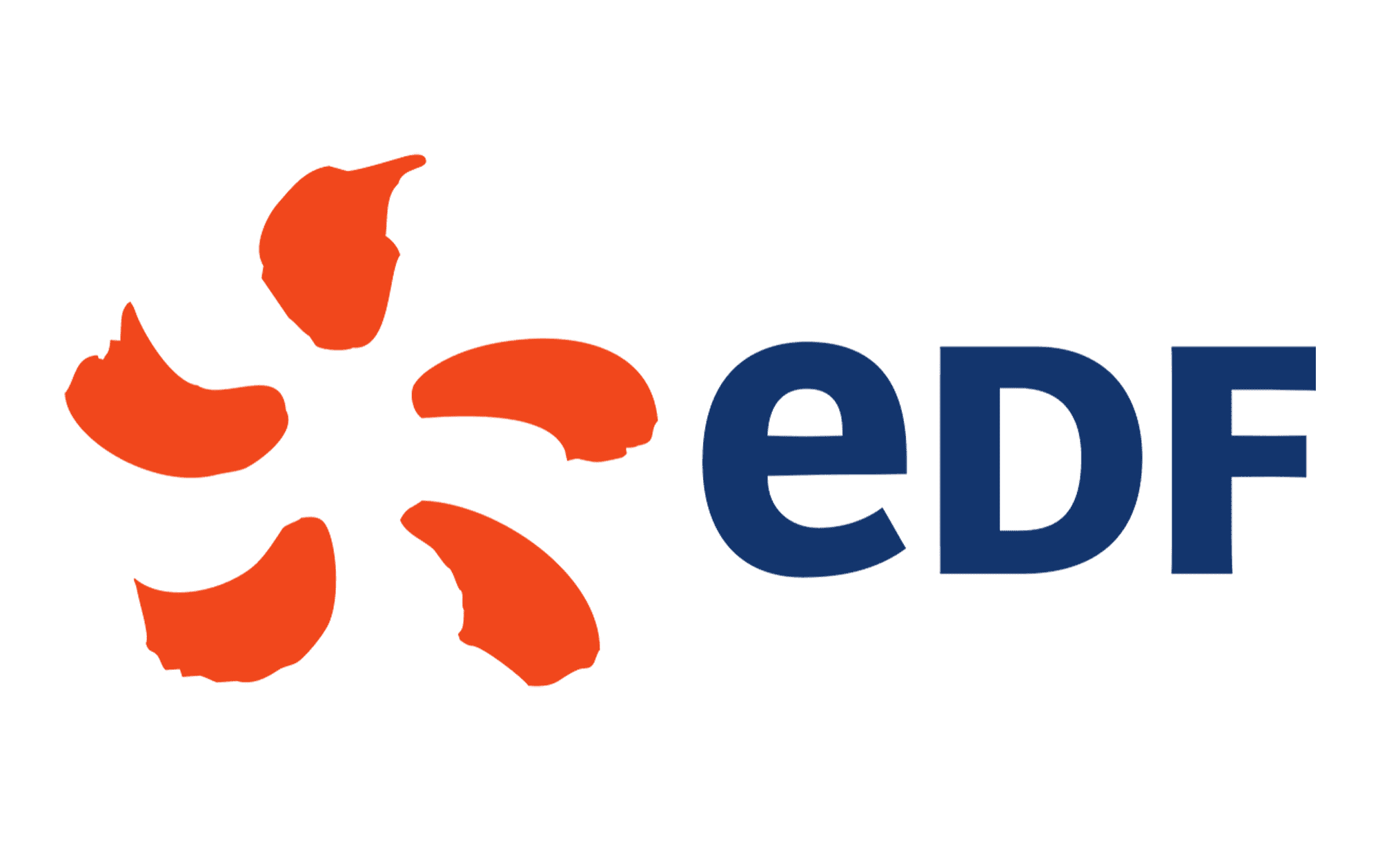Choose Snowflake with Confidence
This resource kit includes:
- Ebook: Spark to Snowflake Migration Guide
- Migration best practices for fast and governed data pipelines in Snowpark.
- Guide: Migrate to the Cloud: The How and Why of Modernizing Your Data Platform
- Learn how to execute a carefully planned migration including more capabilities at lower cost.
- On-Demand Webinar: Enabling a Multi-Cloud Strategy with Snowflake
- Hear about Snowgrid, a cross-cloud technology layer that forms a grid of interconnected regions.
- Solution Brief: Snowpark – Fast, Governed Pipelines Using Familiar Programming
- Developers bring data processing and pipelines written in Python, Java, Scala, and SQL to Snowflake’s elastic processing engine.
- Forrester Study: 612% ROI! Read Forrester’s Total Economic Impact™ Study 0f Snowflake
- Snowpark Customer Report
- Learn about how customers see a median of 3.5x faster performance and 34% cost savings with Snowpark over managed Spark for data engineering and AI/ML workloads
- Business Value Calculator
- Calculate your annual estimated benefits of migrating to Snowflake.



